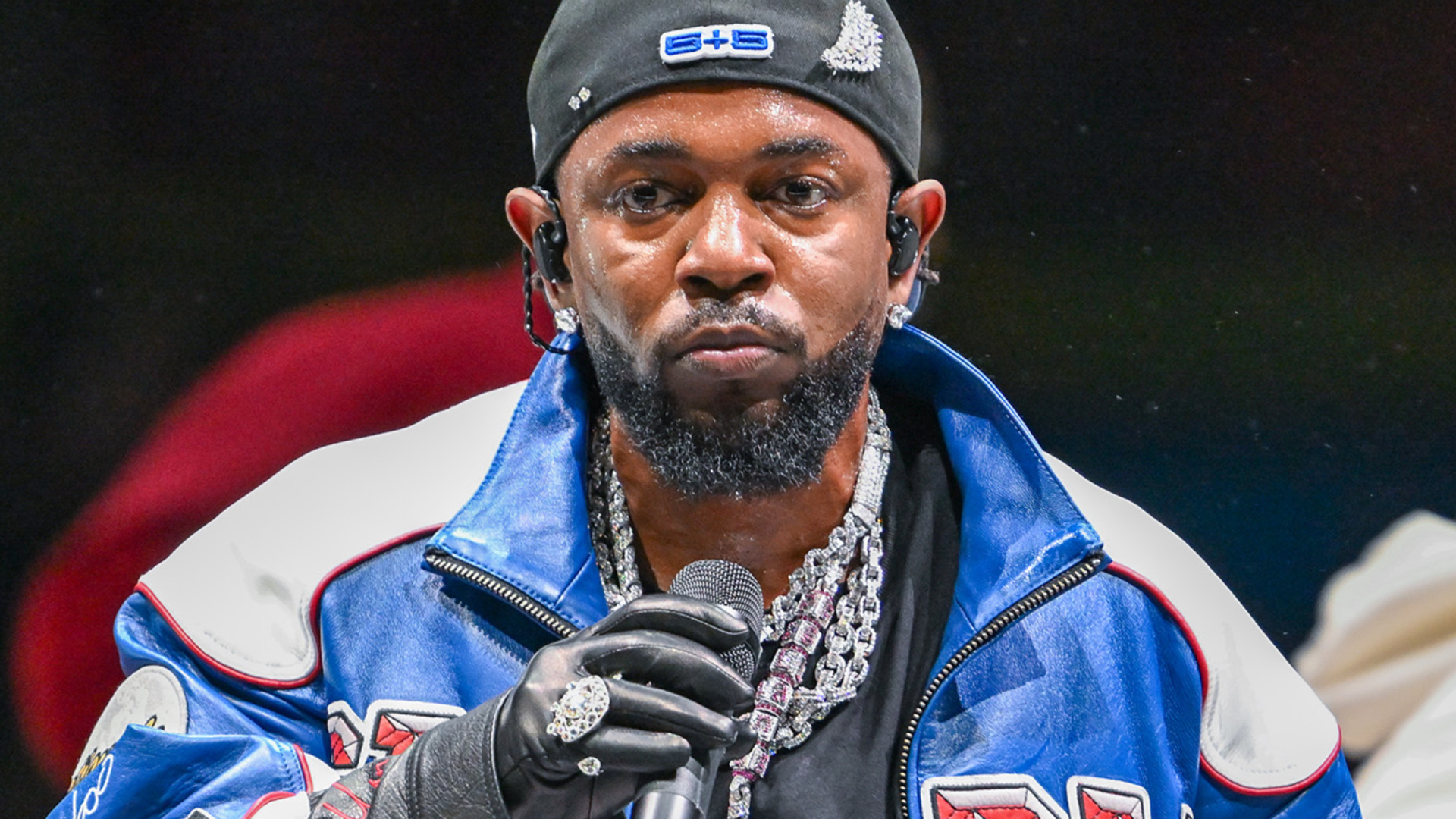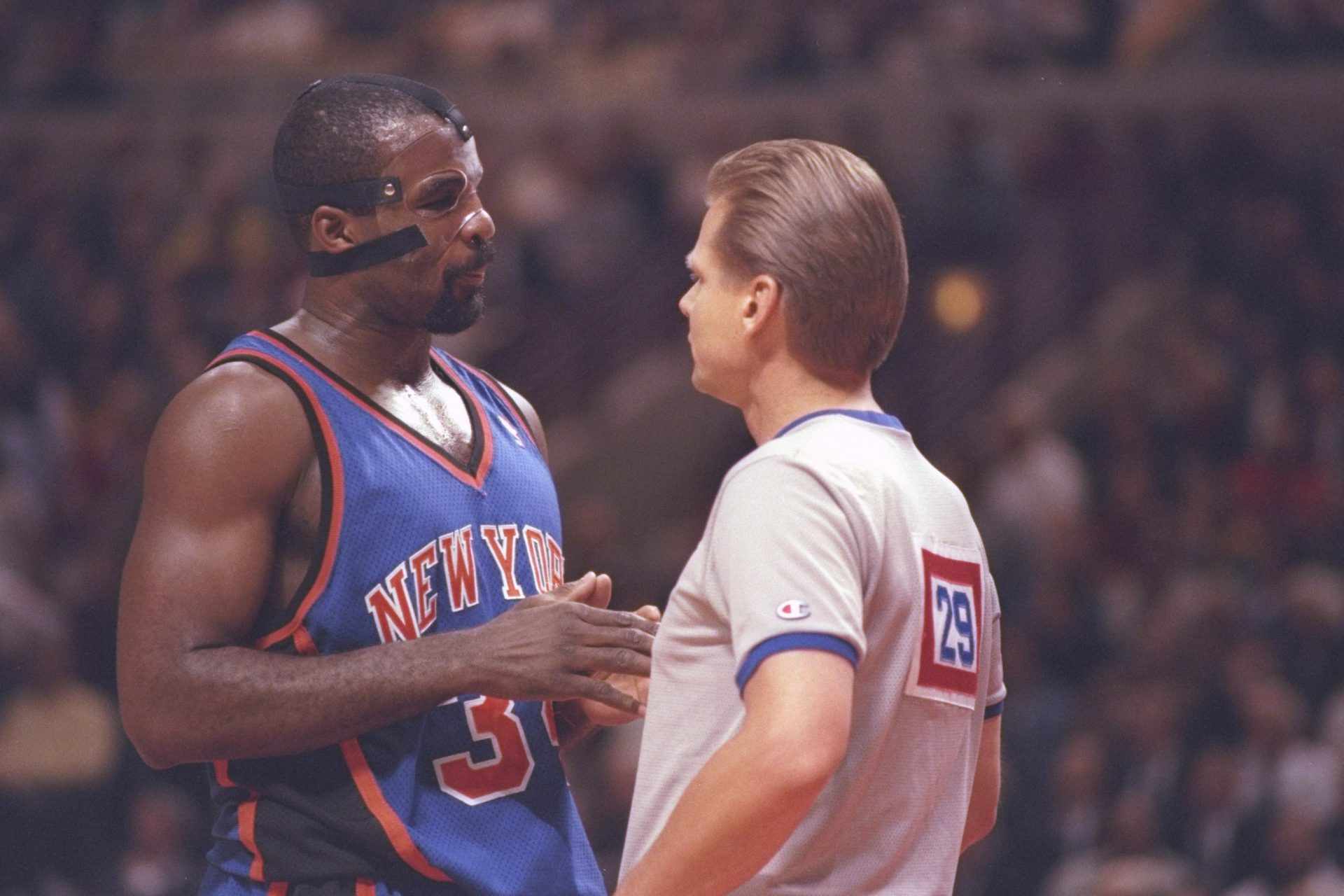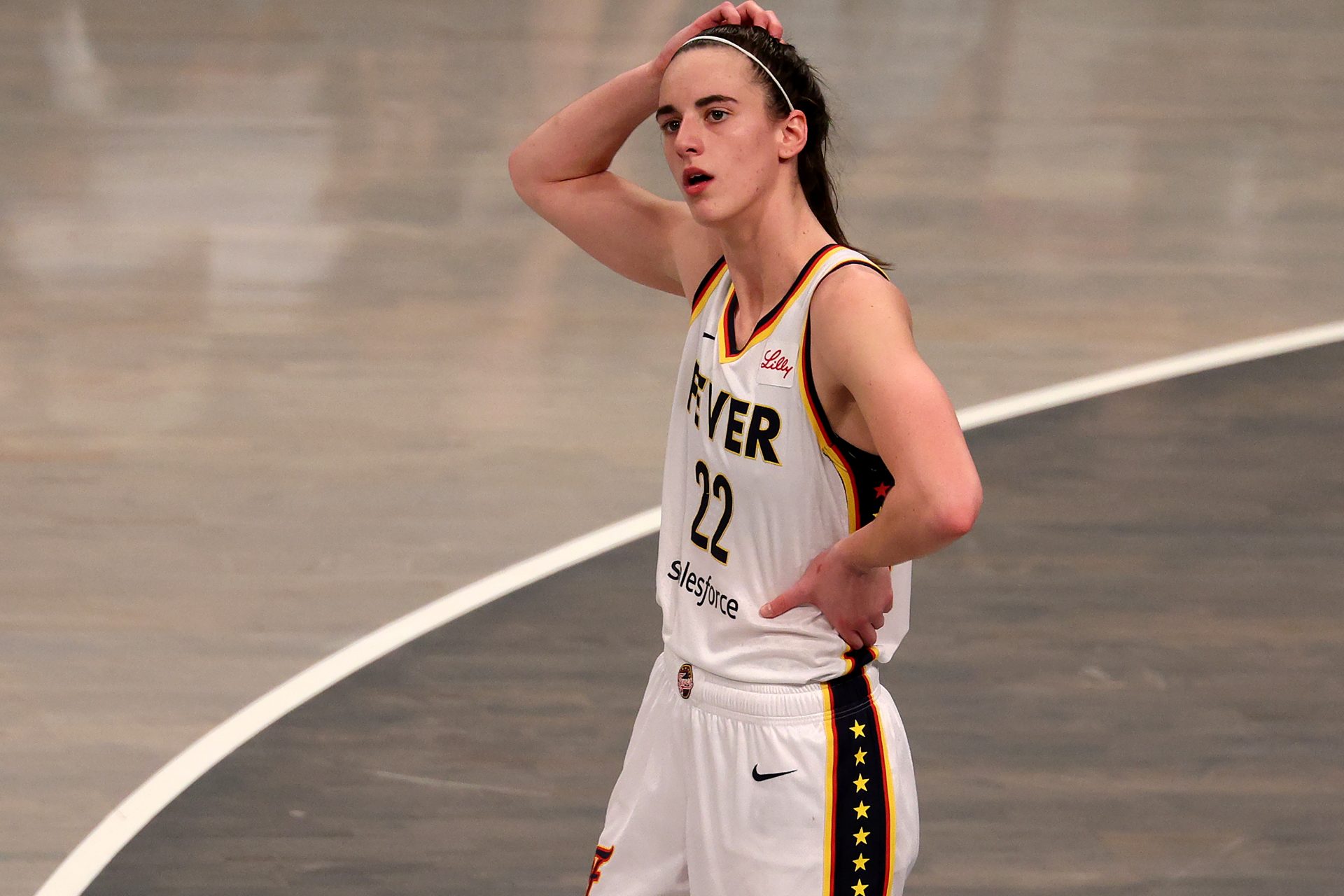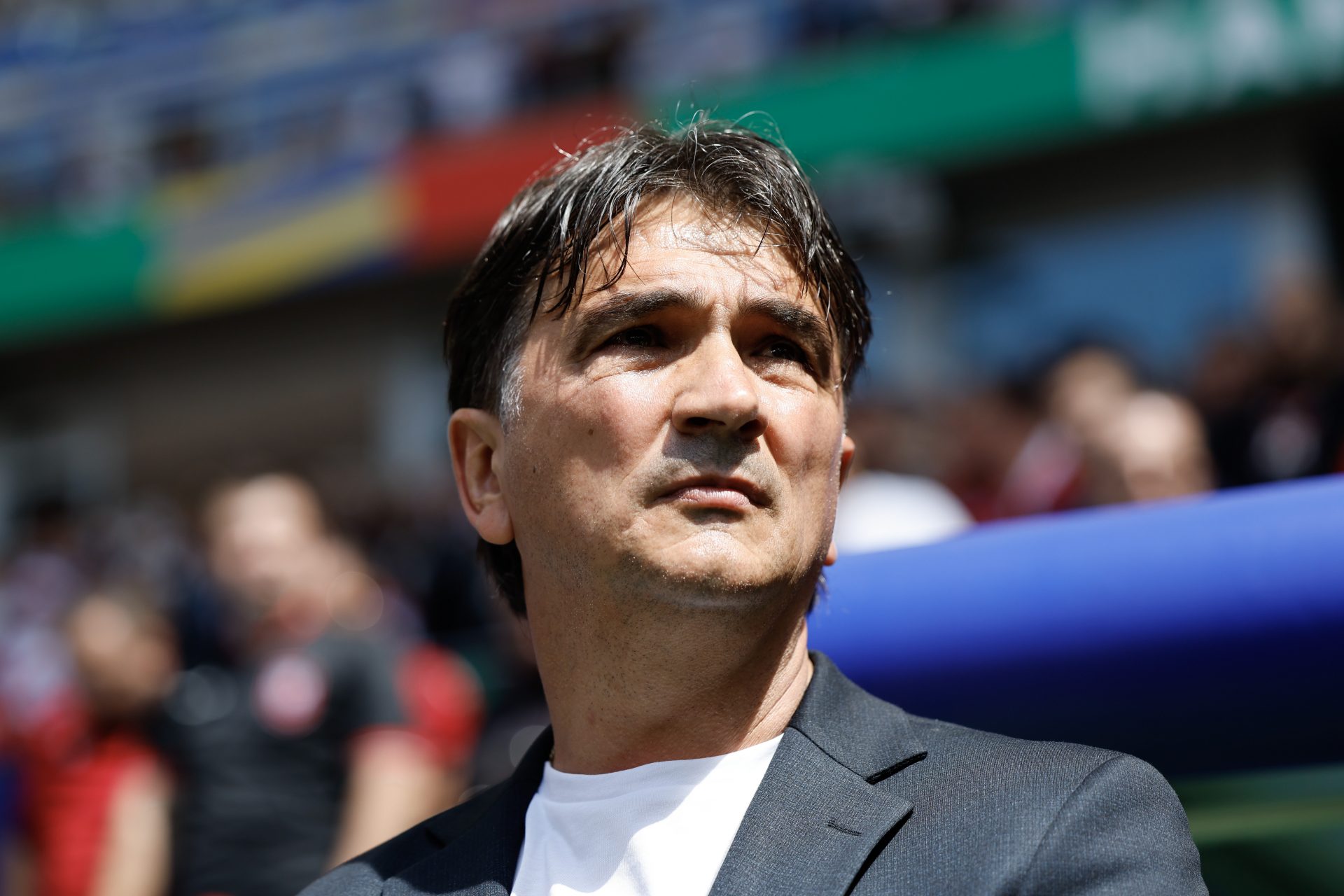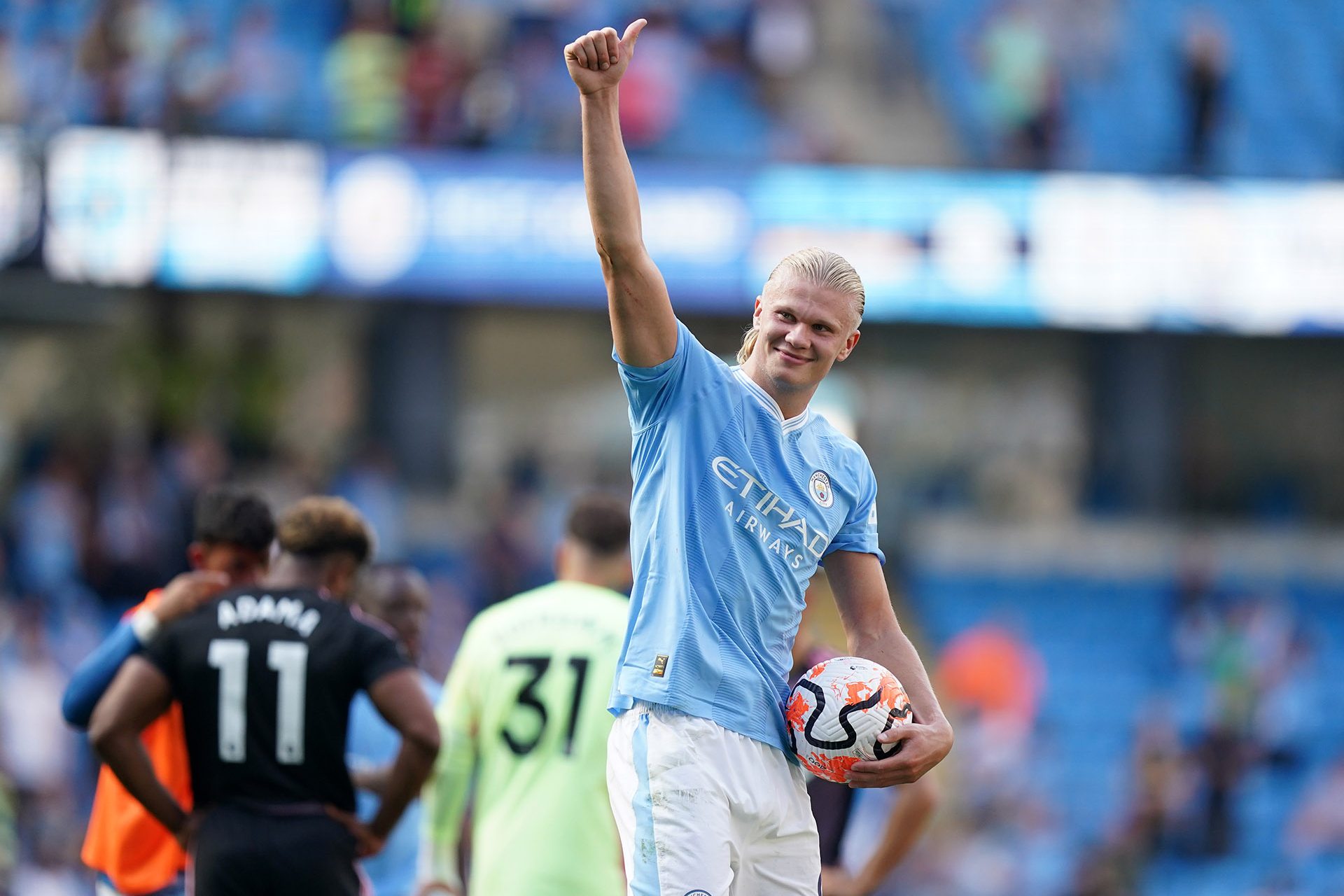NCAA college athletes: The real deal on who's getting paid what
College athletes have long struggled as they pushed themselves to perform at top levels and juggle their academics, all while living on shoestring student budgets for the billion-dollar athletic programs they played for. But that has changed now that their amateur status has been dropped and they can seek paid endorsements. But has it really helped? Let's take a look.
Beginning in 2014, numerous college athletes filed a class action lawsuit against the NCAA for profiting from their image without compensation. The case eventually went before the U.S. Supreme Court as the NCAA v. Alston in 2020, with a unanimous decision in 2021 against the NCAA.
With the loss, the NCAA had to abandon their long-embattled concept of 'amateurism' in college athletics, whereby they forbade the compensation of their athletes.
Enter the acceptance of a contract that changed the game of college athletics, the NIL, standing for 'Name, Image and Likeness.'
A NIL contract is where a college athlete can financially benefit from their name, image, and likeness through commercial and brand endorsements, appearances, social media posts, signing autographs, teaching camps, and starting their own business, all without stepping outside of the NCAA's boundaries.
Any college athlete, across all collegiate sports, is eligible to sign a NIL contract. Whether they are a top, pro-recruited player, or a small-town college competitor, if they can find them, they can sign them.
The numbers of NIL contracts are endless for the athletes that hustle. Take Rayquan Smith at Norfolk State for example. The BleacherReport states that he has an impressive 70 active NIL contracts, showing the collegiate world how to make use of this new stream of revenue.
While everyone is eligible to sign a NIL contract, they aren't all alike. Some contracts may be smaller social media endorsements for $50, where other NIL contracts may be in the millions of dollars for much larger deals with established brands like Lamborghini and Adidas.
Quarterback and Heisman Trophy winner Bryce Young, of the Alabama Crimson Tide, currently has the highest confirmed NIL contract to date, valued at $3.2 million, as reported by the Action Network.
The benefits, you ask? For starters, athletes seem to want to remain playing in college, riding out their four years and earning their degrees, instead of going pro early for the financial incentive.
As well, they are a great advantage for college athletes to improve their financial literacy, preparing them for their potential business deals and money management in the pro arenas, and in life in general.
The top-rated, top-funded schools had a huge leg up on the smaller college programs when it came to athletic recruiting. But offering players their own compensatory options levels this playing field greatly, giving players more freedom to choose where they would really like to live, learn and play, without the razzle-dazzle of the top-funded programs.
As well as leveling the playing field, the NIL contracts are putting a spotlight on athletes that may not have been so prominent. The day the NIL contracts became active, sisters Hanna and Haley Cavinder, guards for Fresno State’s women’s basketball team, were among the first college athletes to ink their endorsement deal, signing with Boost mobile.
On the flip side, there is currently no governing body overseeing the NIL contracts in the NCAA. Many of the contracts have great secrecy with undisclosed sums and vague details released to the public. It appears to be a free for all, with no clear structure or plan moving forward as these contracts inevitably grow.
Currently, 43 States have laws set in place for NIL contracts, and for those that don't, the rules of that State's academic universities or conferences take precedence. States are also capable of changing their laws to compete against other States as the environment around the contracts change, causing questionable fairness and ethical practices.
The Bleacher Report explains that in order to resolve the issues of faltering State laws, the NCAA is asking for congressional intervention to help "provide a national standard." However, involving Congress and federal oversight into the compensation of collegiate athletes in the multi-billion dollar NCAA industry may complicate the situation more than help it.
While these college athletes have the opportunity to hustle and find contracts, they are also full-time students expected to maintain proper grades, perform as top-level athletes, and now act as self-employed businessmen and women signing real-world contracts with contractual obligations. These young, growing adults do need to sleep as well!
While the NIL contracts have opened the door for massive opportunities in the collegiate arena, not all players are running to the bank. A great many players are still strugglingg financially, with limited resources to negotiate these NIL contracts. And with little to no regulation, there are many out there waiting to take advantage of unsavvy college athletes.
It is no doubt that college athletic compensation has been long overdue, and the NIL contracts seem to be something of a start. However, there is a long road ahead to stabilize the market and find a balance so that these college students, hard-working young adults, are not taken advantage of by the money-making NCAA industry and its affiliates.
More for you
Top Stories






















